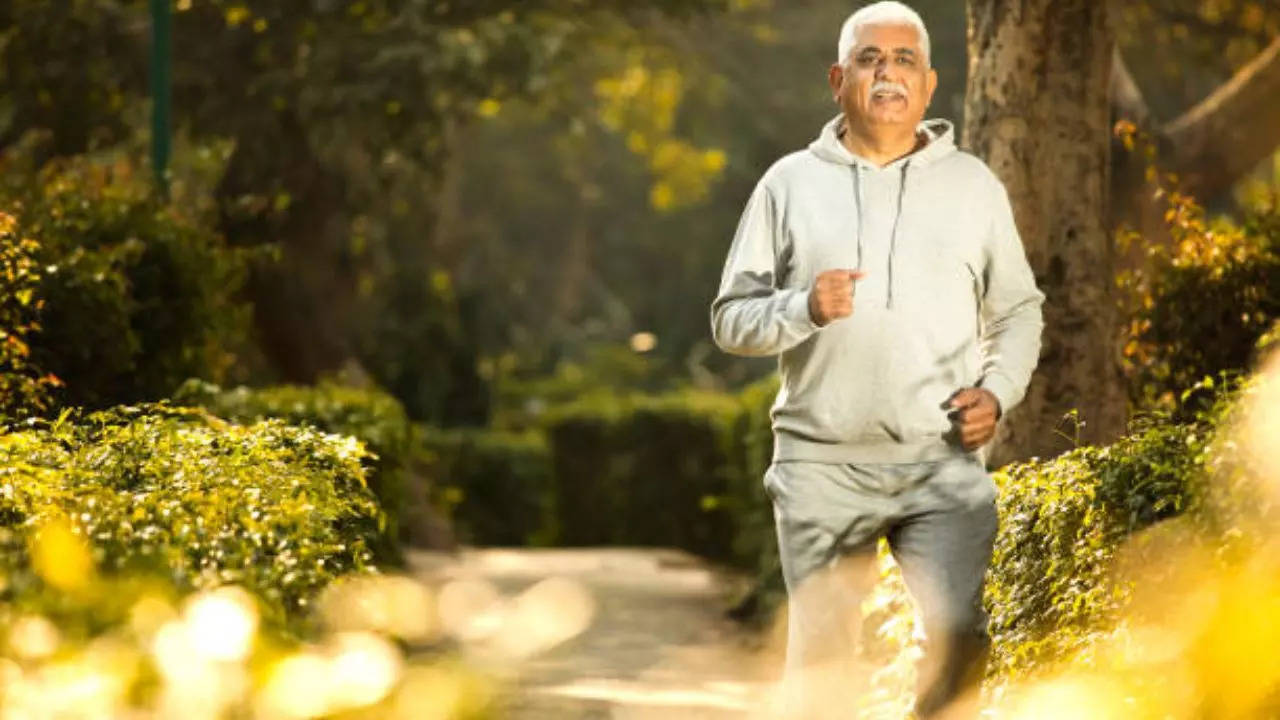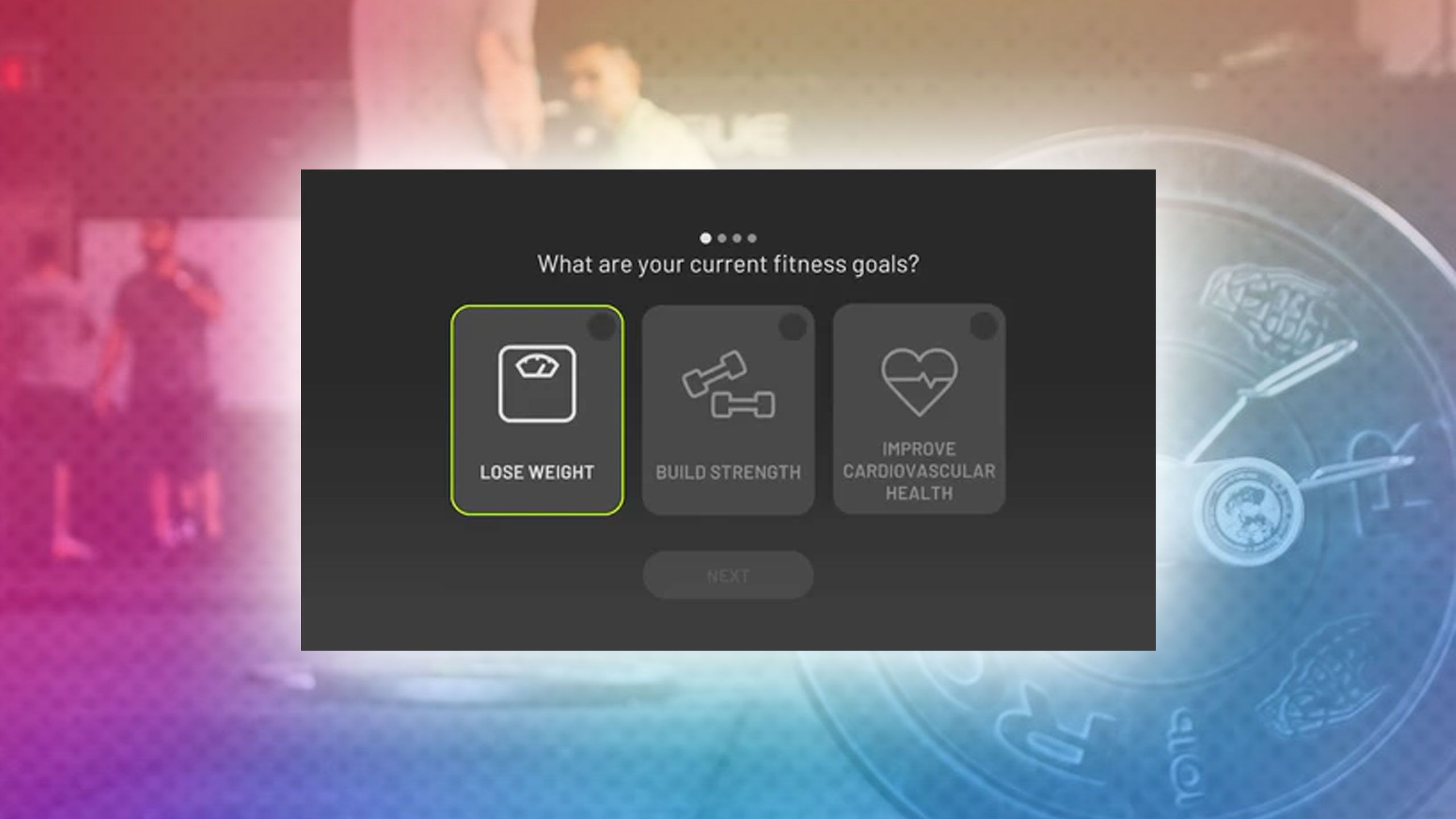Fitness
Fitness Regime For Senior Citizens: 7 Effective Exercises To Stay Fit

7 Effective Exercises Senior Citizens Must Follow To Stay Fit (Image Credits: iStock)
As we age, maintaining an active lifestyle becomes increasingly important for our health and independence. Regular exercise helps strengthen muscles, improve balance, and boost overall well-being, which is essential for preventing age-related issues and improving quality of life. For senior citizens, adopting a well-rounded fitness routine can significantly contribute to staying fit and healthy. Here we have listed seven effective fitness regimes that senior citizens should incorporate into their routine to stay fit and healthy.
Walking
Walking is one of the simplest and most accessible forms of exercise for seniors. It’s easy on the joints, requires no special equipment, and can be done almost anywhere. Regular walking can help improve cardiovascular health, strengthen muscles, and enhance mood.
Frequency: Aim for at least 30 minutes of walking most days of the week.
Tips: Start at a comfortable pace and gradually increase the duration and intensity. Use supportive footwear and choose safe, well-lit paths.
Strength Training
Strength training is essential for maintaining muscle mass and bone density, which tend to decrease with age. It helps in performing daily activities more efficiently and reduces the risk of falls and fractures.
Frequency: Two to three times a week.
Tips: Use light weights or resistance bands. Focus on major muscle groups like legs, arms, and core. Begin with simple exercises such as bicep curls, leg lifts, and seated rows.
Yoga
Yoga is an excellent way to improve flexibility, balance, and mental well-being. It incorporates stretching and mindfulness, which can help reduce stress and promote relaxation.
Frequency: Two to three times a week.
Tips: Start with beginner classes or gentle yoga specifically designed for seniors. Use props like yoga blocks and straps to assist with poses. Always listen to your body and avoid pushing too hard.
Tai Chi
Tai Chi is a form of martial arts known for its slow, flowing movements and deep breathing. It’s particularly beneficial for improving balance, coordination, and reducing stress.
Frequency: Two to three times a week.
Tips: Join a Tai Chi class to learn the correct techniques. Practice in a calm, quiet environment. Consistency is key to reaping the benefits.
Swimming and Water Aerobics
Swimming and water aerobics are low-impact exercises that are easy on the joints while providing a full-body workout. They can improve cardiovascular health, muscle strength, and flexibility.
Frequency: Two to three times a week.
Tips: Choose a pool with a comfortable temperature. Consider joining a water aerobics class to add variety and social interaction to your workout.
Chair Exercises
For seniors with limited mobility or those who find standing exercises challenging, chair exercises are a great alternative. These exercises can improve strength, flexibility, and circulation while being performed from a seated position.
Frequency: Daily, as part of a routine.
Tips: Incorporate exercises like seated marches, leg lifts, and arm raises. Use a sturdy chair without wheels. Ensure you maintain good posture throughout the exercises.
Balance Exercises
Improving balance is crucial for preventing falls, which are a common concern for seniors. Balance exercises can help enhance stability and confidence in everyday activities.
Frequency: Daily or every other day.
Tips: Simple exercises include standing on one leg, heel-to-toe walking, and side-leg raises. Use a stable surface or a chair for support if needed.







